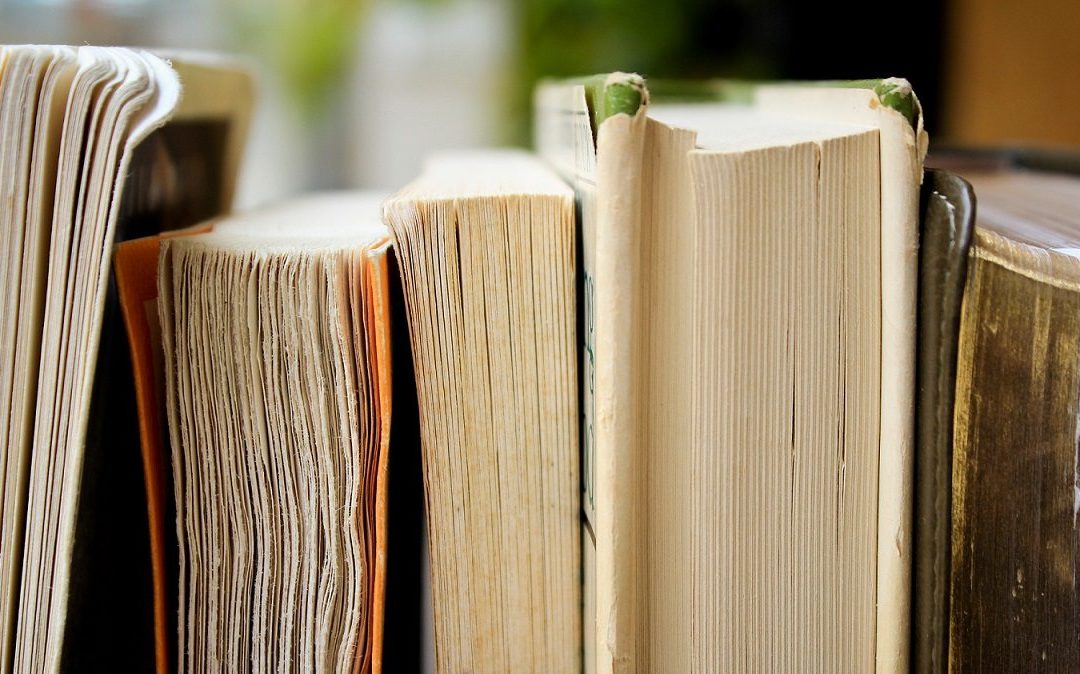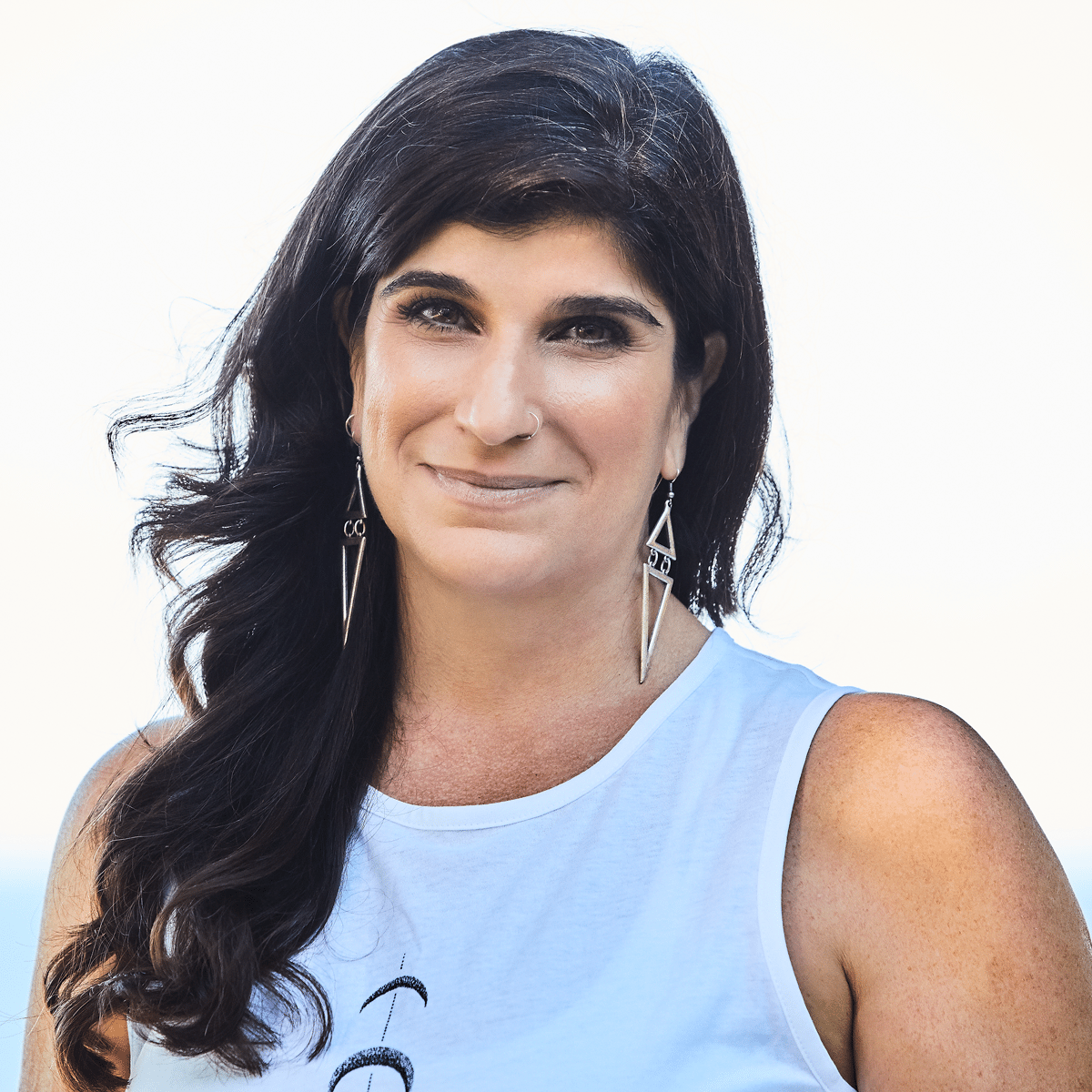
Books That Made a Difference in My Life
Books That Made a Difference in My Life
How books and reading shaped my life:
My father, who is a cartoonist, used to tell us stories when we were little and then he would draw the most astonishing pictures for my sisters and I to colour in. Every now and then I would attempt to draw the stories in my head, but invariably, I was disappointed with what came out of my pen. In my imagination, the princess was always more beautiful, the fairyland more magical, and the prince, so much handsomer.
When I was in my early teens, my father introduced me to Dylan Thomas’s Under Milk Wood, a play for voices. I became enchanted with language. I loved the way words could paint pictures for me and how thrilling a sentence like, ‘It is spring, moonless night in the small town, starless and bible-black, the cobblestreets silent and the hunched courters’-and-rabbits wood limping invisibly down to the sloeblack, slow, black, crowblack, fishingboat-bobbing sea,’ could be in the mouth, to the ear. Words became my pictures. They never disappointed me. In fact, words enhanced the beauty of my princesses, fairylands and princes. And pain could be parsed out on neat lines, contained.
All through my childhood I wrote stories and poems and at 16 started keeping a journal. In Standard 9, I had a wonderful eccentric English teacher who wrote on an essay I handed in on Loneliness (about my sister’s hearing impairment) that it was ‘too good to give a mark, but since she was forced to, she had to give it 100%.’ She believed in me when I was just a pipsqueak, who used too many adjectives and tended to overkill anything I was writing. When The Dreamcloth, my first novel came out, I tracked her down and sent her a copy in which she is mentioned in the acknowledgments. Today she is my greatest fan, and when I write, I often think of her as my audience.
At university, I studied both English and African literature and fell in love with Emily Bronte and Olive Schreiner. I also studied literary theory where I learned that how a story is told is sometimes more important that the story itself; that, in Yeat’s words, there is a mysterious connection between ‘the dancer and the dance.’
The books:
1. The Old Testament: some of the first stories I ever heard were Noah’s Ark, Isaac on the altar, Lot’s wife turning into a pillar of salt – I studied the Old Testament in school in the original Hebrew, and only as an adult did I come to appreciate the Bible for what it is – a collection of marvelous stories about fascinating and flawed characters. Bible stories are metaphors, which work at many levels – emotional, spiritual and psychological. When I write, I get excited whenever I figure out ways in which things become containers for deeper meaning – roses for revenge; cigarillo stubs for infidelity, artichokes for motherhood…
2. Tom Robbins, Jitterbug Perfume is a journey through three stories that interlink – one of which is about King Alobar who must stay eternally young or else he will be executed. Tom Robbins uses language as a playground for the imagination. He grabs the reader with a first sentence like “The beet is the most intense of vegetables.” At 19, I wrote to Tom Robbins, who actually wrote back – I still have that letter.
3. Toni Morrison’s Beloved is, in my opinion, the most beautiful book ever written. I adore all her work (especially Sula), but Beloved is the book that made me want to write. It asks a lot of the reader – Morrison does not invite you in easily. But like a lover you have to seduce with great patience, when you’re finally in the embrace of her narrative, you never want the moment to end. I read Beloved like a poem – slowly and over and over again. At the end I said, ‘I want to write a book that will do to people what this book did to me.’ I keep my well-thumbed copy of Beloved on my desk as a touchstone of everything literature can embody. From Morrison I have learned that if you are going to write, write something that matters. And with a kind of unbearable beauty that is spatial, sculptural. Make your words places readers return to.
4. Elizabeth Gilbert’s Eat, Pray, Love is a first person narrative in which the author spent a year in Italy, India and Indonesia, learning how to eat, pray and love respectively. It is a spiritual voyage, exquisitely written, full of insights and emotional courage. Gilbert has taught me that good writing is brave and authentic; that self-reflection is enlarged in the sharing. And that eating is sublime.
5. The Lovely Bones by Alice Sebold (a miraculous achievement) is about the rape and murder of a 14 year old girl, who looks down from heaven as her family comes to terms with her death. I am in awe at how Sebold has turned an unspeakable topic (I started the book four times before I could actually get past the first chapter) into a curiously uplifting tale about how the living must let go of those they have lost and how the dead must also let go of the living. My next book tackles a similarly uncomfortable topic, and I will rewrite it a hundred times so that readers will want to continue reading when every sensibility is shrieking for them to put the book down. When it comes to the seemingly impossible task of transforming what breaks the heart into a container of hope, Sebold is my guru.
6. Lines from the poetry of 16th century Sufi poet Rumi like: ‘lovers don’t finally meet somewhere / they’re in each other all along,’ give me shivers. When I am feeling creatively bereft, I open Rumi. I read a lot of poetry – Yehudah Amichai, Sharon Olds, Galway Kinnel, Yeats, Adrienne Rich. Poetry nourishes my creativity with one perfect little parcel of words. If people read more poetry, I suspect the world would be a slower, and more patient place where people invested time in understanding meaning rather than the minimal expectations of ‘entertainment’ that require zero effort.
7. AA Milne’s Winnie The Pooh is a children’s story that I have enjoyed more and more as an adult. When you write, you learn that story comes from character. AA Milne has created some of the most finely conceived, emotionally interesting and hilariously funny characters in Winnie The Pooh, Piglet, Owl, Tigger and my favourite, the misanthrope Eeyore.
8. I have read too many books on the writing process. The two best ones are Julia Cameron’s The Right to Write and Stephen King’s On Writing. These books affirm that good writing comes from anywhere, can be about anything; and requires faith and dedication to the simple act of sitting down and writing. King is also a great proponent of killing your adjectives, something I am still learning. In writing as in life, letting go sets you free. And less, is always more.
Published in O Magazine

Joanne Fedler
Author, writing mentor, retreat leader. I’m an internationally bestselling author of nine books, inspirational speaker and writing mentor. I’ve had books published in just about every genre- fiction, non-fiction, self-help, memoir – by some of the top publishing houses in the world. My books have sold over 650 000 copies and have been translated in a range of languages. Two of my books have been #1 Amazon bestsellers, and at one point the German edition of Secret Mothers’ Business outsold Harry Potter- crazy, right?
